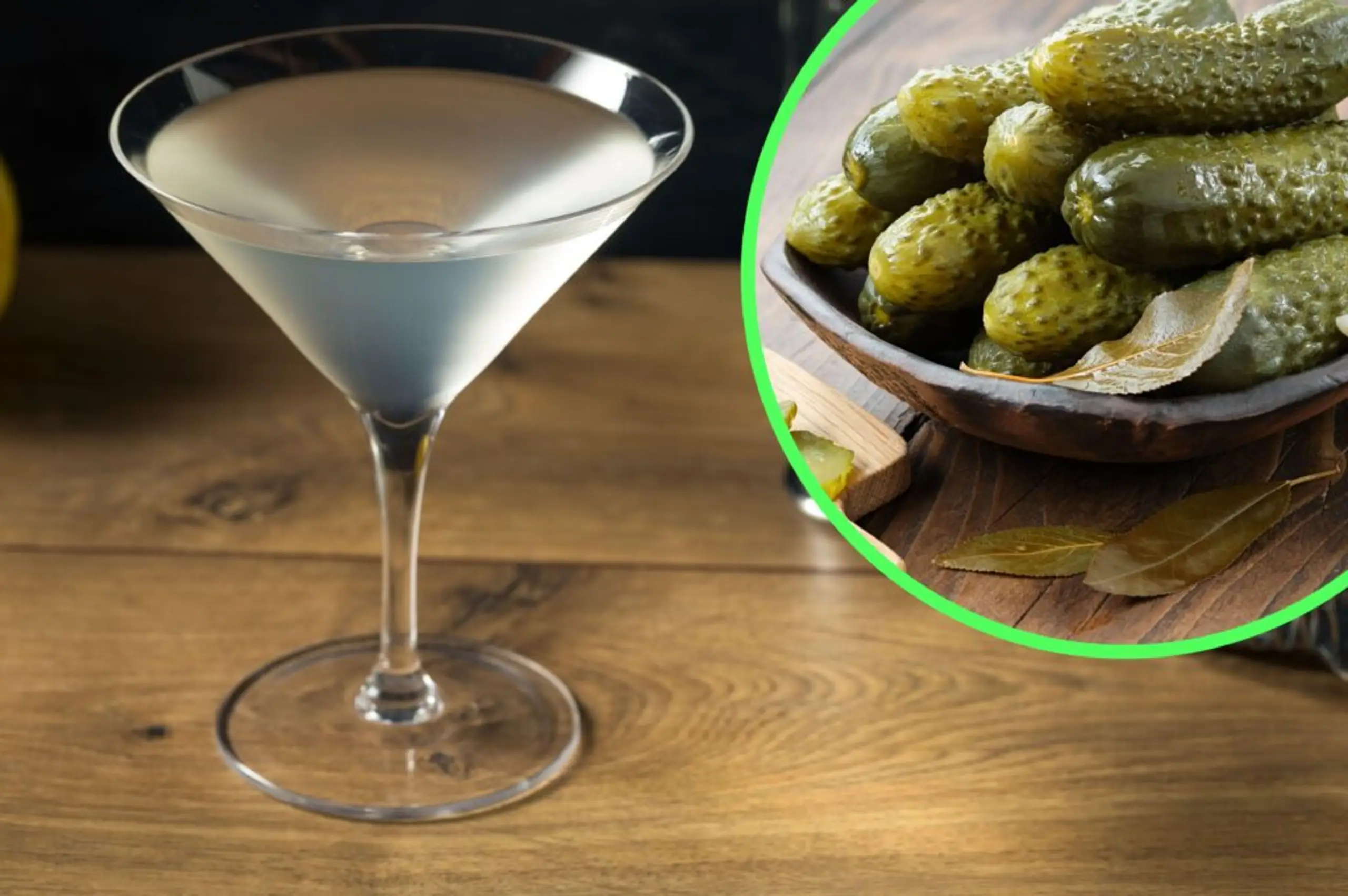Uncategorised
7 cooking tips for making perfect Italian pizza at home
20 Mar 2021
4m
Making perfect Italian pizza at home is no easy task. In the real world, pizzaiolos train for years to master the delicate art of dough, sauce and toppings.
Doing so in your own kitchen can easily end in disaster and disappointment.
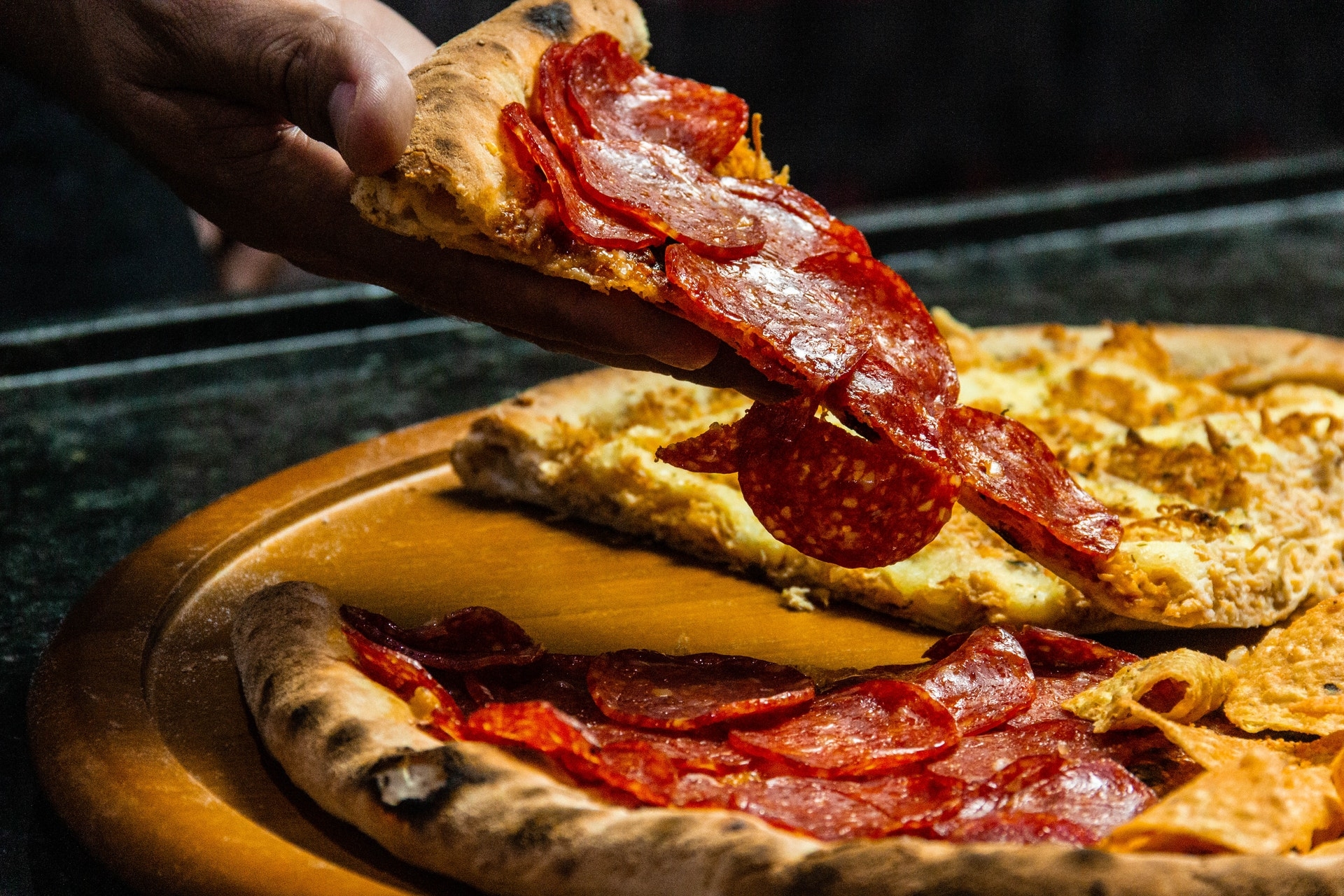 Learning how to make proper Italian pizza isn’t easy (Credit: Pexels)
Learning how to make proper Italian pizza isn’t easy (Credit: Pexels)
Making Italian pizza at home
However, despite the obvious difficulties, there are plenty of ways to enjoy pizza magic outside a professional kitchen. With a little perseverance, you really can recreate the blistered crusts and gooey cheese toppings we all know and love.
READ MORE: Pizza-flavoured sausages are now officially a thing
For anyone who no longer wants to rely on Uber Eats for perfect pizza, here are some top tips for making your own. It might be a little more complicated than picking up the phone, but ultimately the rewards are worth it.
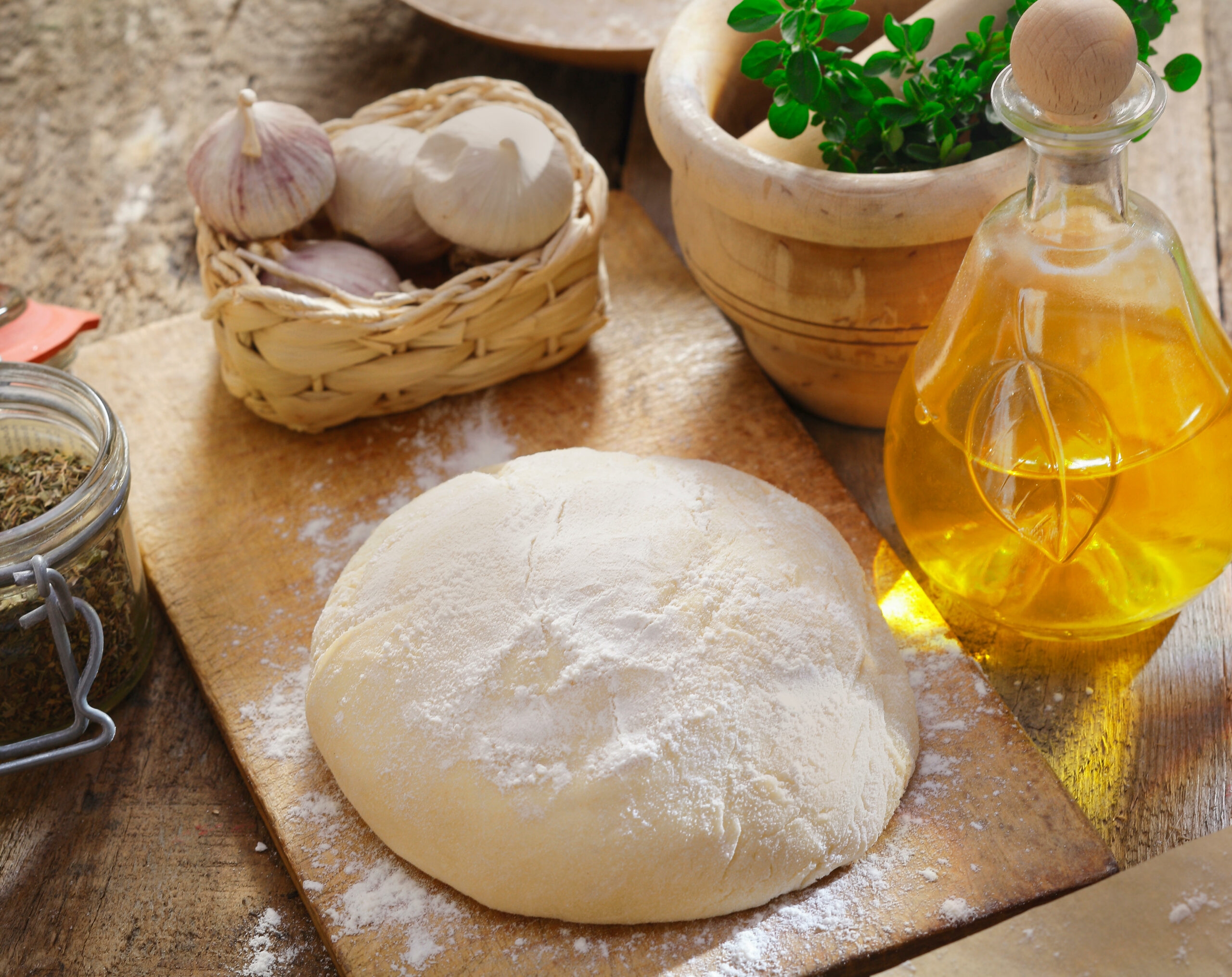 Pizza dough is much better if you make it yourself (Credit: Alamy/Daniel Reiter)
Pizza dough is much better if you make it yourself (Credit: Alamy/Daniel Reiter)
Make your own dough
Although preprepared doughs are available, they should be avoided if you want a proper pizza experience. Most supermarket doughs lack the elasticity that makes pizza so delicious.
Instead, you’ll likely end up with a round, flat breadstick, covered in pepperoni. Needless to say, Neapolitans wouldn’t be seen dead serving such a dish.
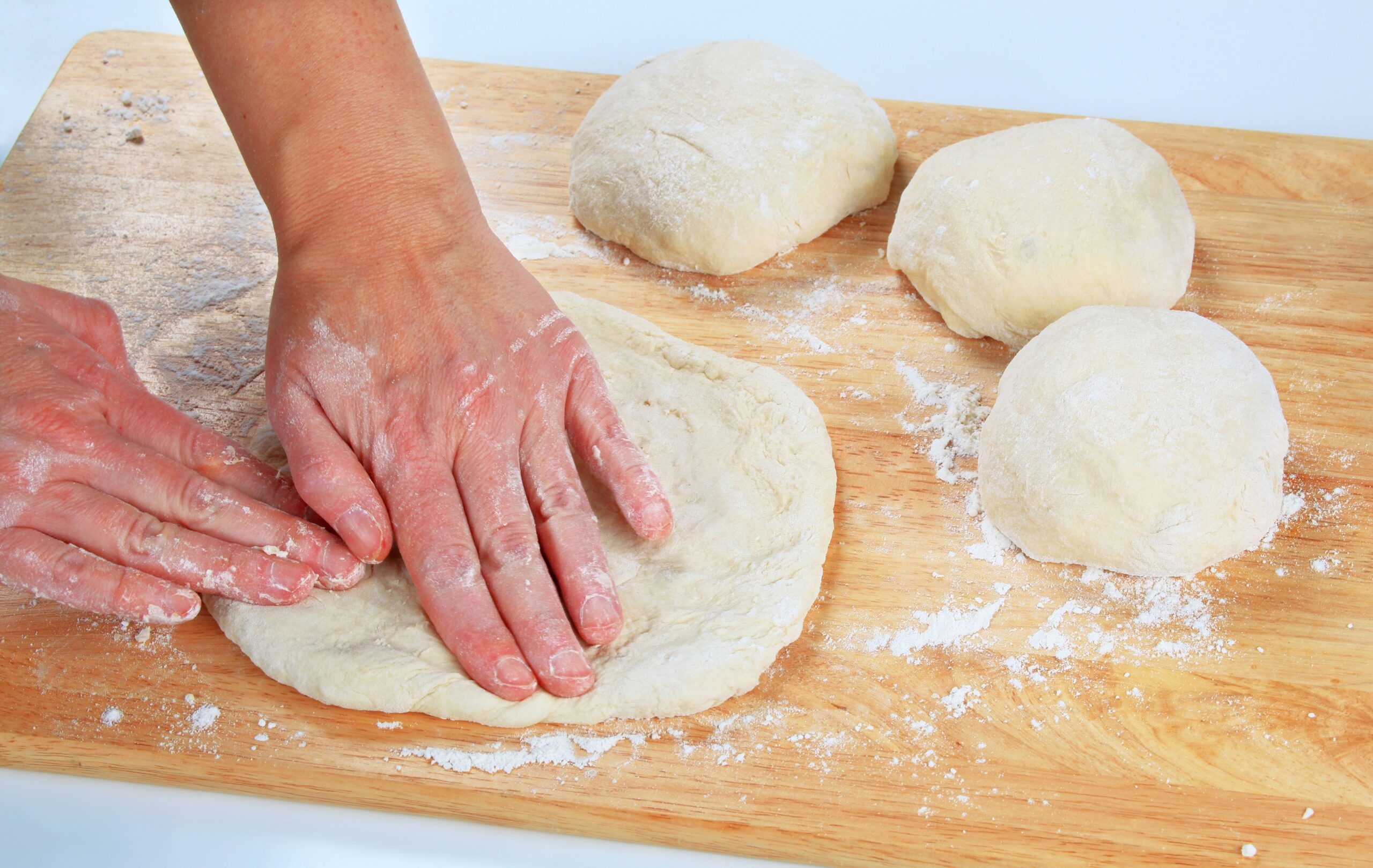 Shaping your dough without a rolling pin is a crucial step (Credit: Alamy/Viktor Fisher)
Shaping your dough without a rolling pin is a crucial step (Credit: Alamy/Viktor Fisher)
Don’t use a rolling pin
Most pizza dough recipes are relatively straightforward, with the majority using a blend of bread flour, olive oil, yeast and sugar. Shaping the end result, however, is another matter entirely.
Although it might make sense to use a rolling pin, real pizza pros know that the only authentic method is by hand. If you’ve made your dough properly, spinning and stretching on a work surface will help you create the perfect pizza shape.
It will certainly take some getting used to, but the results are worth it!
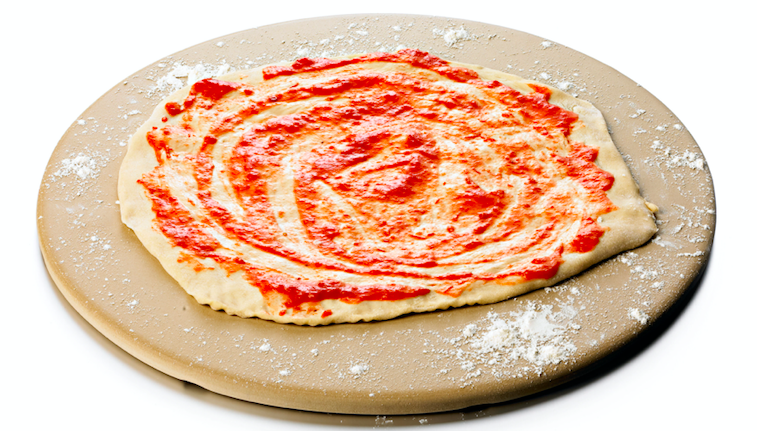 A preheated stone will make a massive difference to your bake (Credit: Alamy/Andrew Twort)
A preheated stone will make a massive difference to your bake (Credit: Alamy/Andrew Twort)
Preheated surface
One of the most important steps in pizza making is placing your pie on a preheated surface. If you don’t put your pizza on something scorching hot, you run the risk of undercooked, soggy dough in the centre.
By using a pizza stone or similar, you can avoid this potential disaster and end up with a pie that’s perfectly cooked all the way through.
 Semolina will help your pizza slide off the peel (Credit: Alamy/The Yarvin Kitchen)
Semolina will help your pizza slide off the peel (Credit: Alamy/The Yarvin Kitchen)
Semolina flour
Anyone who’s ever tried to handle a peel knows that trying to slide a pizza off one can be a massive pain. Fortunately, there is a way to avoid getting stuck.
By dusting your peel with semolina flour before placing your dough on top, you can easily slide your pizza into the oven. Speaking from experience, the alternative is spending severing minutes trying unstick a stubborn base from whatever you’re using to put it in the oven.
No one wants that when you’re trying to enjoy something tasty.
 Overloading your pizza can ruin everything (Credit: Alamy/food and drink)
Overloading your pizza can ruin everything (Credit: Alamy/food and drink)
Don’t overload
Another surefire way to make your pizza impossible to manoeuvre is to overload it with extra toppings.
While it’s incredibly tempting to stuff your creation with as much meat and cheese as it can possibly handle, pizza-making is definitely a case where less is more. Too many toppings can make your pizza soggy and ultimately take away from the taste.
If you can show restraint, the rewards are definitely worth it.
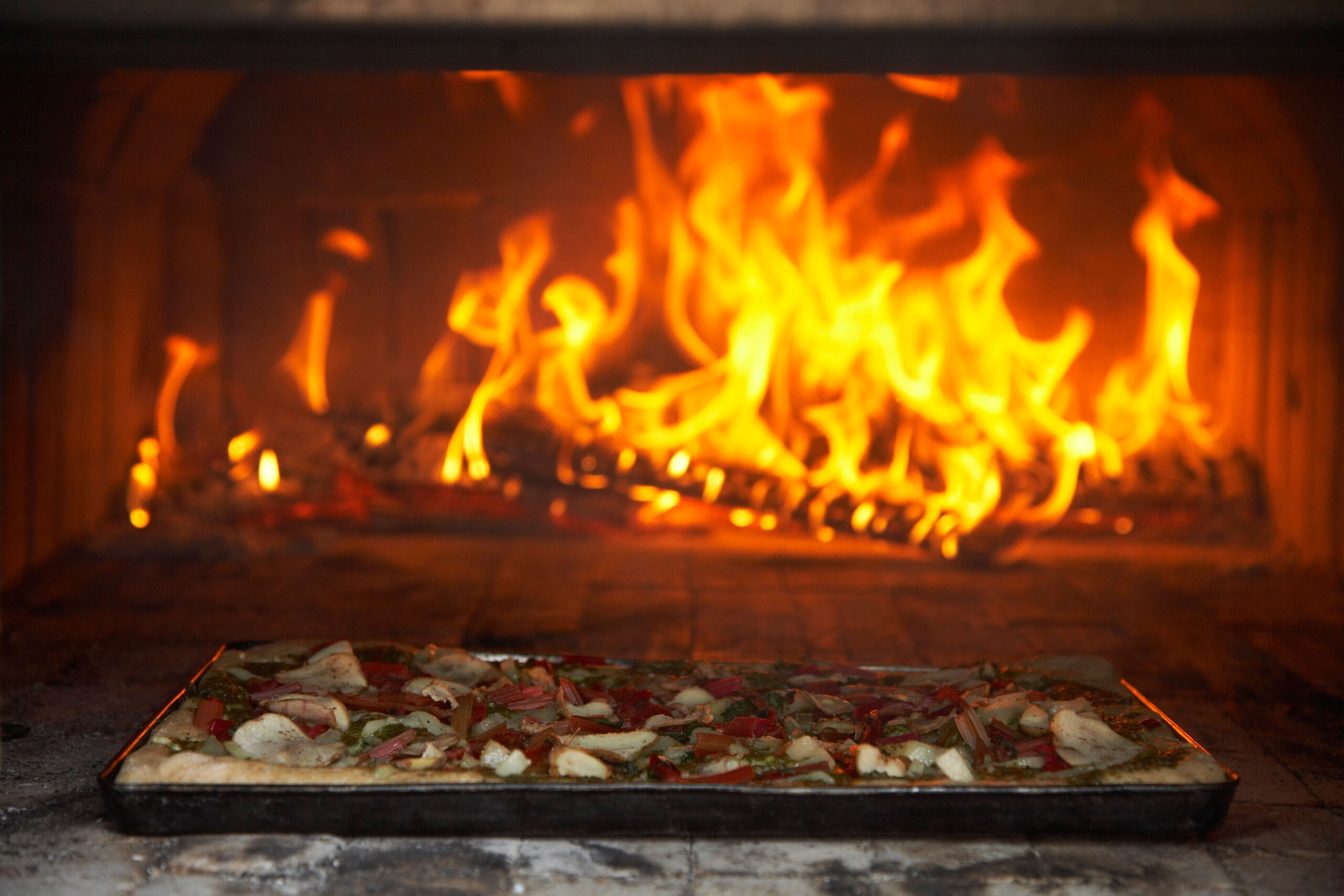 Having your oven on as high is crucial when you’re making Italian pizza (Credit: Alamy/Design Pics)
Having your oven on as high is crucial when you’re making Italian pizza (Credit: Alamy/Design Pics)
High temperature
Before anything goes near the oven, it’s important to take a temperature check. A professional pizza oven will operate between 350 and 400 degrees celsius, in order to create the perfect balance between charred and chewy.
Obviously, getting your own oven that hot is impossible. However, you should cook your pizza on as high a heat as possible. This will help make your own creation taste as close to the real deal as possible.
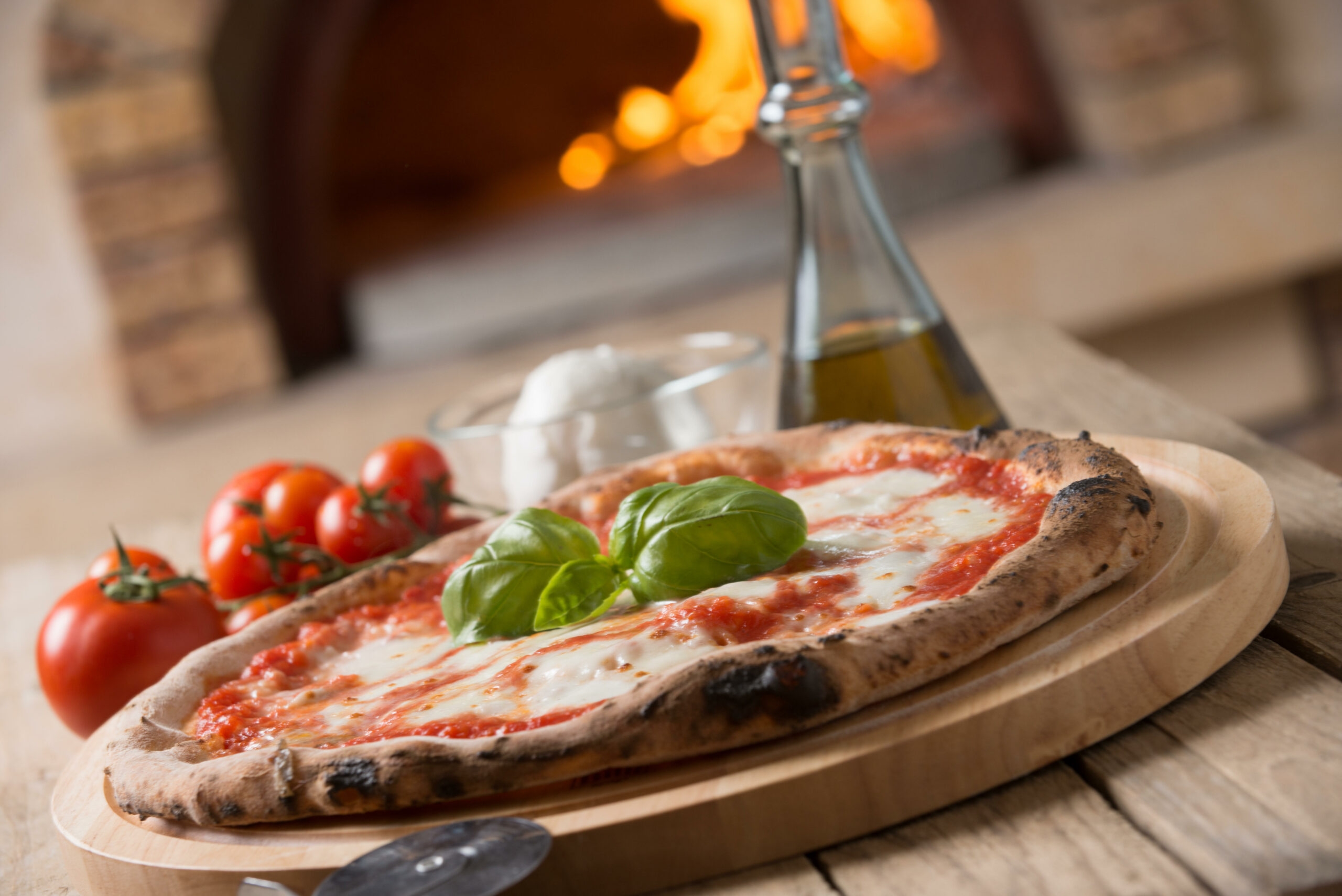 Some pizza toppings will cook at a different speed to others (Credit: Alamy/Caludio Rampinini)
Some pizza toppings will cook at a different speed to others (Credit: Alamy/Caludio Rampinini)
Time your toppings
If you’re opting for a slightly more complicated approach you may need to pay more attention to your toppings than you think.
Not all pizza toppings will cook at the same time, meaning you may have to avoid piling everything on at once. For instance, additions like olive oil and hot honey are best added at the end of the process.
READ MORE: Who makes the best pizza in New York? 16 NYC eateries you need to visit
With pizza-making, practice definitely makes perfect. After all, no one should expect to be a total dough maestro after just a few attempts.
However, once you have mastered the art, the rewards are well worth it. The only thing better than a perfect pie is knowing that you made it yourself.


